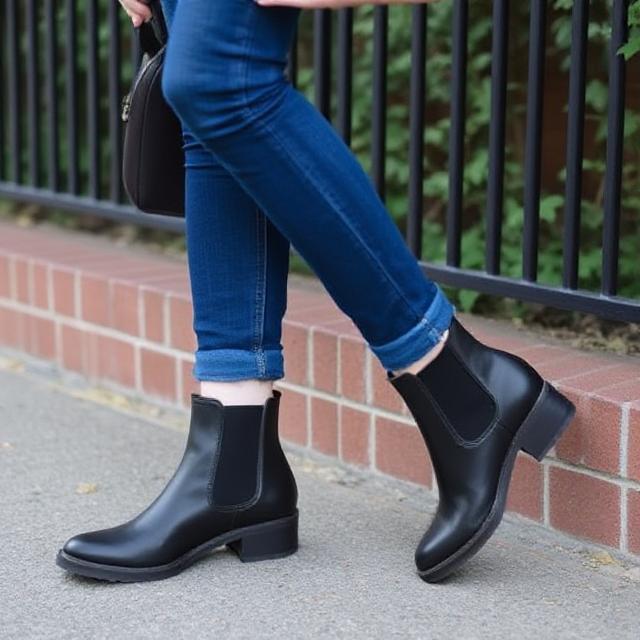The style enterprise has always been rapid-paced, however in brand new years, a ultra-modern breed of shops has emerged—fastest fashion producers which may be redefining speed, developments, and patron expectancies. While conventional speedy style giants like Zara and H&M revolutionized short turnarounds, newer game enthusiasts like Shein, Fashion Nova, and Boohoo have taken it to some other stage, releasing thousands of new styles weekly.

But how precisely are those manufacturers dominating the marketplace? What strategies do they use to live ahead, and what does this mean for customers, competitors, and the planet? Let’s dive in.
The Rise of Fast Fashion: Speed as a Competitive Edge
1. Ultra-Fast Production Cycles
Traditional style manufacturers take months to lay out, produce, and distribute new collections. In evaluation, fastest style manufacturers like Shein can pass from design to transport in as little as 7-10 days. They acquire this through:
- Using actual-time records to tune traits (social media, searching for queries, influencer patterns).
- Working with agile manufacturers that could produce small batches speedy.
- Cutting out middlemen through handling design, production, and logistics in-house.
This speed allows them to capitalize on viral developments in advance of the competition, even phrase them.
2. Data-Driven Trend Forecasting
Instead of counting on conventional style forecasts, the quickest style manufacturers use AI and big data to predict what customers want.
- Shein analyzes Google Trends, TikTok hashtags, and Pinterest searches to discover rising inclinations.
- Fashion Nova partners with influencers to test designs in advance of mass manufacturing.
- Boohoo makes use of A/B testing on its website to look at which patterns get the most clicks.
This method minimizes waste (in comparison to mass-generating untested designs) and ensures excessive promote-thru prices.
3. Hyper-Targeted Social Media Marketing
Fastest fashion manufacturers don’t put it on the market—they dominate social media.
- TikTok & Instagram hauls – Users exhibit huge Shein hauls, developing free advertising and marketing.
- Micro-influencer collaborations – Instead of A-listing celebrities, they work with smaller influencers who’ve appreciably engaged fans.
- User-generated content fabric (UGC) – Brands repost patron pictures, making buyers feel like part of the community.
This method keeps them constantly visible in clients’ feeds, fueling impulse purchases.
4. Direct-to-Consumer (DTC) Model
By selling exclusively online, the quickest style brands keep away from retail overhead expenses and pass financial savings to clients.
- Lower fees – Shein’s $5 tops and Fashion Nova’s $20 jeans undercut traditional stores.
- Global attain – No need for bodily shops; they supply worldwide from centralized warehouses.
- Personalized shopping – AI-pushed tips hold customers surfing (and searching for) longer.
The Dark Side of Fastest Fashion
While one manufacturer is winning in income, their dominance comes with serious concerns:
1. Environmental Impact
- Excessive waste – Millions of unsold devices end up in landfills yearly.
- Carbon footprint – Ultra-rapid delivery and reasonably-priced materials contribute to pollutants.
- Microplastics – Synthetic fabric (polyester, nylon) sheds microfibers, harming oceans.
2. Ethical Labor Concerns
- Exploitative wages – Reports of manufacturing unit human beings’ incomes are pennies, consistent with the garment.
- Unsafe conditions – Pressure to supply fast can motivate terrible working environments.
3. Overconsumption Culture
- Disposable fashion mindset – Consumers purchase more but keep objects for shorter periods.
- Psychological effects – Constant new drops fuel buying addiction and economic stress.
Can Fastest Fashion Be Sustainable?
Some brands are attempting inexperienced tasks, but critics argue it’s no longer sufficient:
- Shein’s “EvoluShein” line makes use of recycled substances (however still produces at an unsustainable scale).
- Boohoo’s “Ready for the Future” collection guarantees recycled fabric (however faces greenwashing accusations).
True sustainability would require:
✔ Slowing down manufacturing
✔ Using green substances
✔ Ensuring honest wages
✔ Encouraging garment recycling
FAQs About Fastest Fashion
1. What is the difference between rapid fashion and fastest style?
- Fast fashion (Zara, H&M) – New collections every few weeks.
- Fastest fashion (Shein, Fashion Nova) – New drops daily or weekly, ultra-reasonably-priced, hyper-contemporary.
2. How do the fastest style manufacturers keep prices so low?
- Cheap labor (regularly in unregulated factories).
- Low-nice materials (polyester in place of cotton).
- Bulk production & no physical shops (cuts overhead fees).
3. Is the fastest style worse than the fast style?
Yes, in many approaches. While both have ethical worries, the fastest fashion’s tempo and quantity enlarge waste and tough work issues.
4. What can customers do to store greater responsibly?
- Buy much less, pick great over quantity.
- Support sustainable brands (Reformation, Patagonia, thrift stores).
- Recycle or upcycle antique clothes.
5. Will the quickest style gradually slow down?
Unless policies tighten or purchaser behavior shifts, now not possible now. The name for cheap, modern-day clothes remains growing.
Final Thoughts
Fastest style manufacturers are triumphing in the retail game through tempo, data, and aggressive social media techniques. However, their dominance will raise essential moral and environmental questions.
As customers, we’ve energy—each purchase is a vote for the sort of style employer we need. Will we keep fueling the quickest style system, or will we call for higher practices? The desire is ours.
What do you suspect? Are the fastest style manufacturers unstoppable, or will sustainability troubles sluggish them down? Share your thoughts inside the feedback!





2 thoughts on “How the Fastest Fashion Brands Are Dominating the Market”